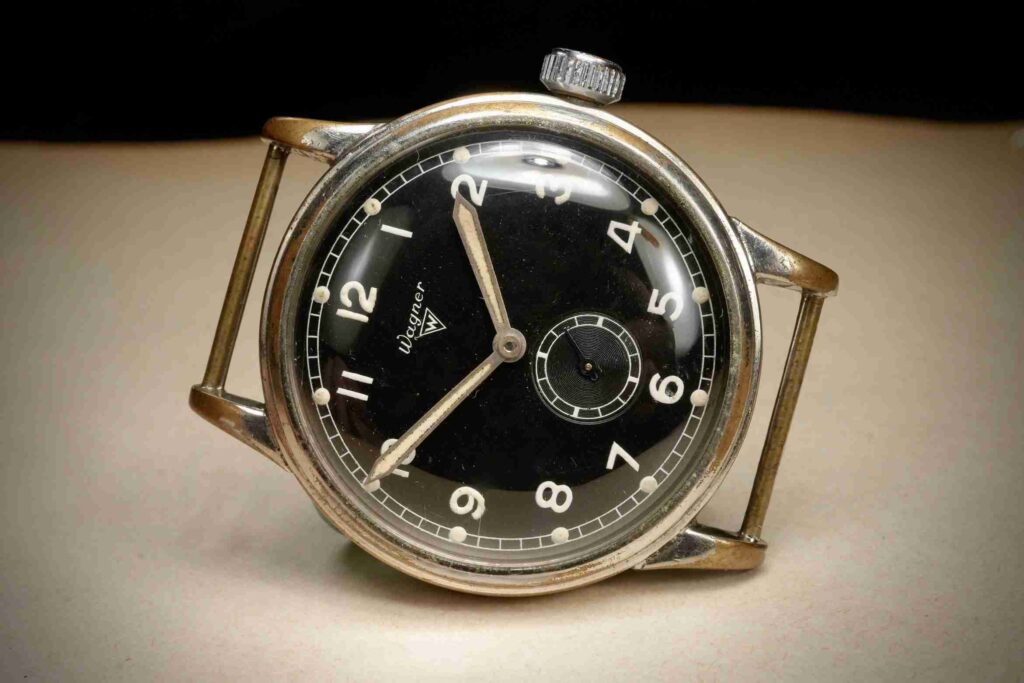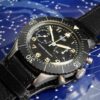RLM “Dienstuhr” (non-pilot) wristwatches of WWII: history, specs, and use
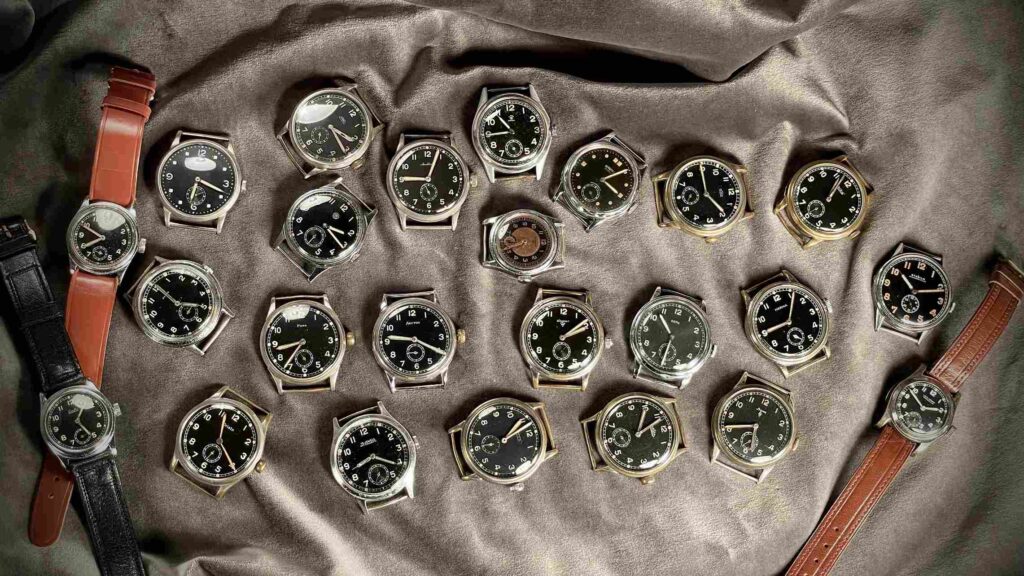
Beyond the oversized B-Uhr navigators’ watches, the Reichsluftfahrtministerium (RLM) procured a numbers of simpler, time-only Dienstuhr wristwatches for Luftwaffe personnel.
Typically 33–36 mm, these timepieces were produced by German firms such as Aristo, Aeschbach (Weber & Aeschbach), Arctos, Stowa and smaller Pforzheim assemblers like Wagner, often using robust hand-wound ébauches (e.g., UROFA 58 seen in Aeschbach watches).
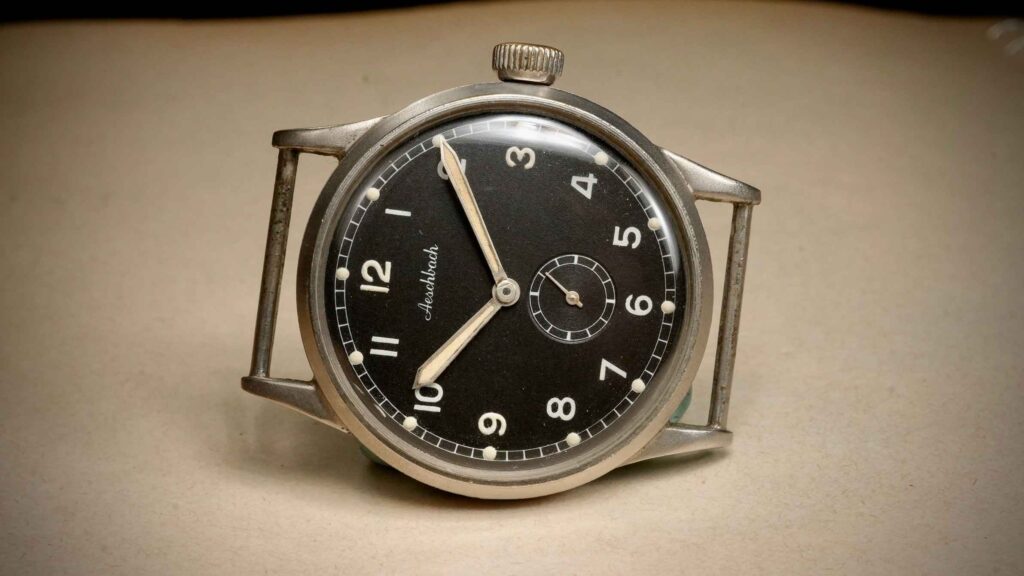
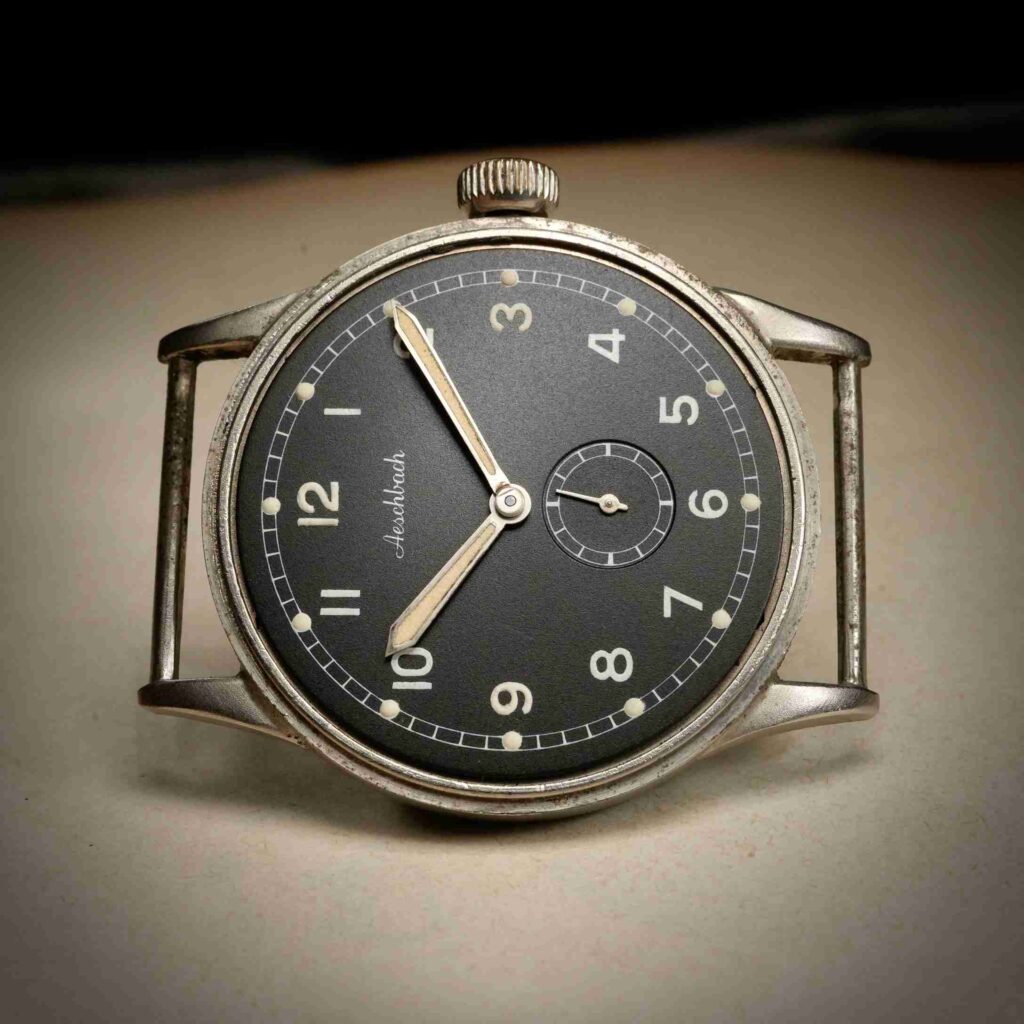
Dials were usually matte black with large Arabic numerals, a railroad minute track and subsidiary seconds at 6, paired with nickel-plated or steel cases and mostly pressure- locked backs. Luminous paint (radium) was common to ensure legibility under low light.
Procurement and assignment followed the RLM’s practical model: unlike the navigator’s B-Uhr, which could be issued per mission, these service watches were distributed to ground crew, signals personnel, airfield staff and air-borne troops.
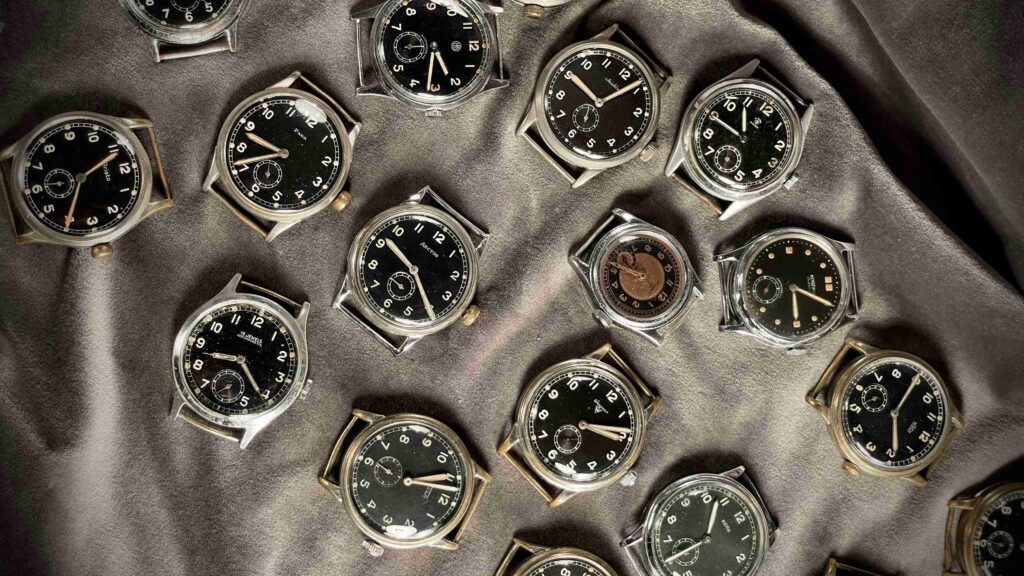
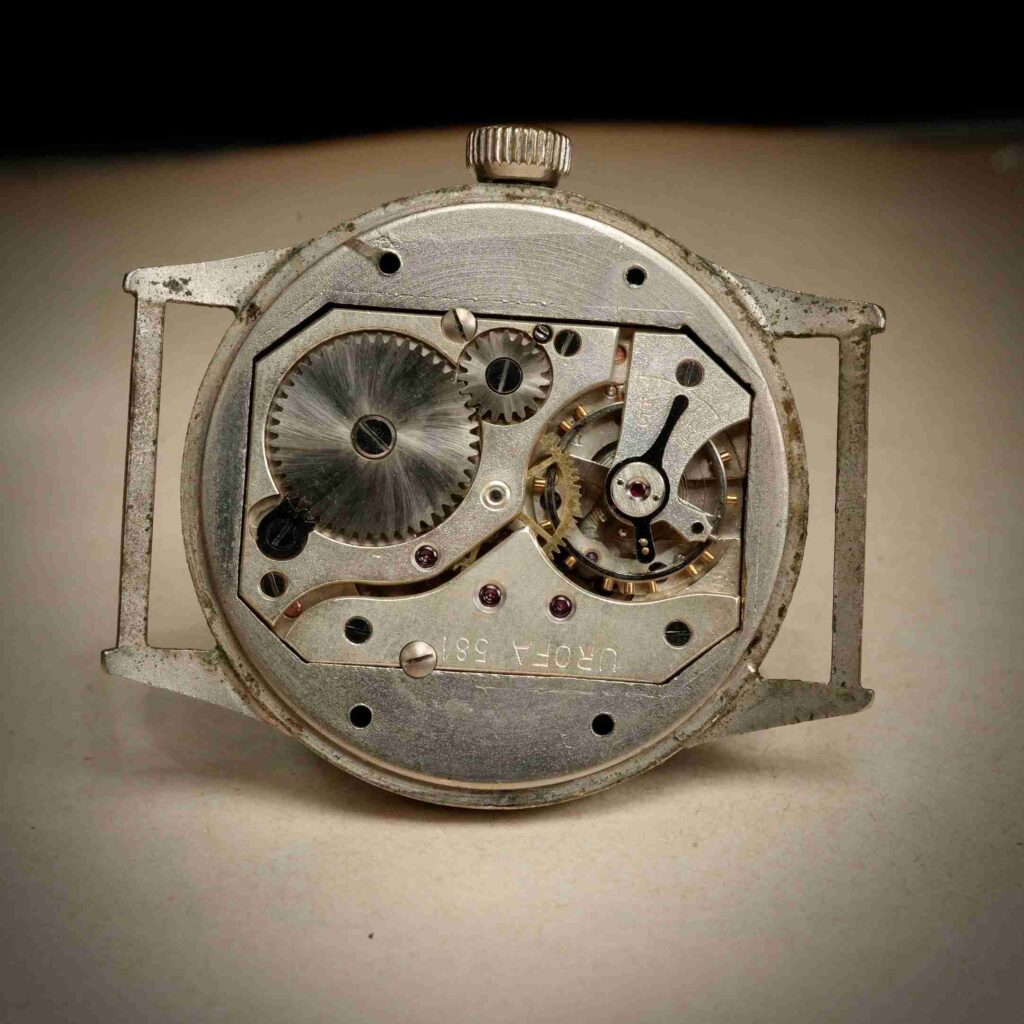
Surviving issue pieces attributed to Fallschirmjägerand general Luftwaffe service appear with period-correct black dials and military engravings, documented sales show Aristo and Aeschbach and other watches around 35 mm specifically described as Luftwaffe and paratrooper issue.
While B-Uhren carry the FL 23883 navigation code on the case flank, service watches typically do not—a useful distinction when assessing originality.
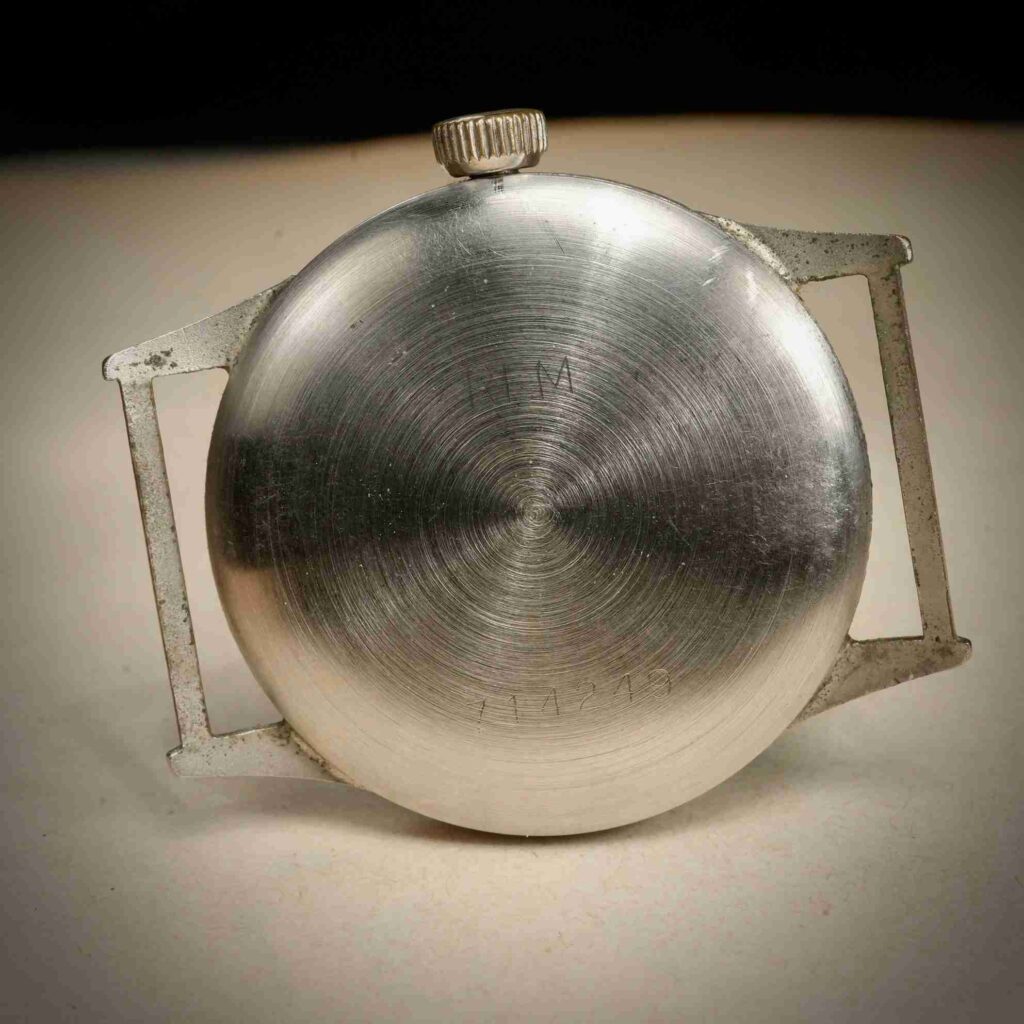
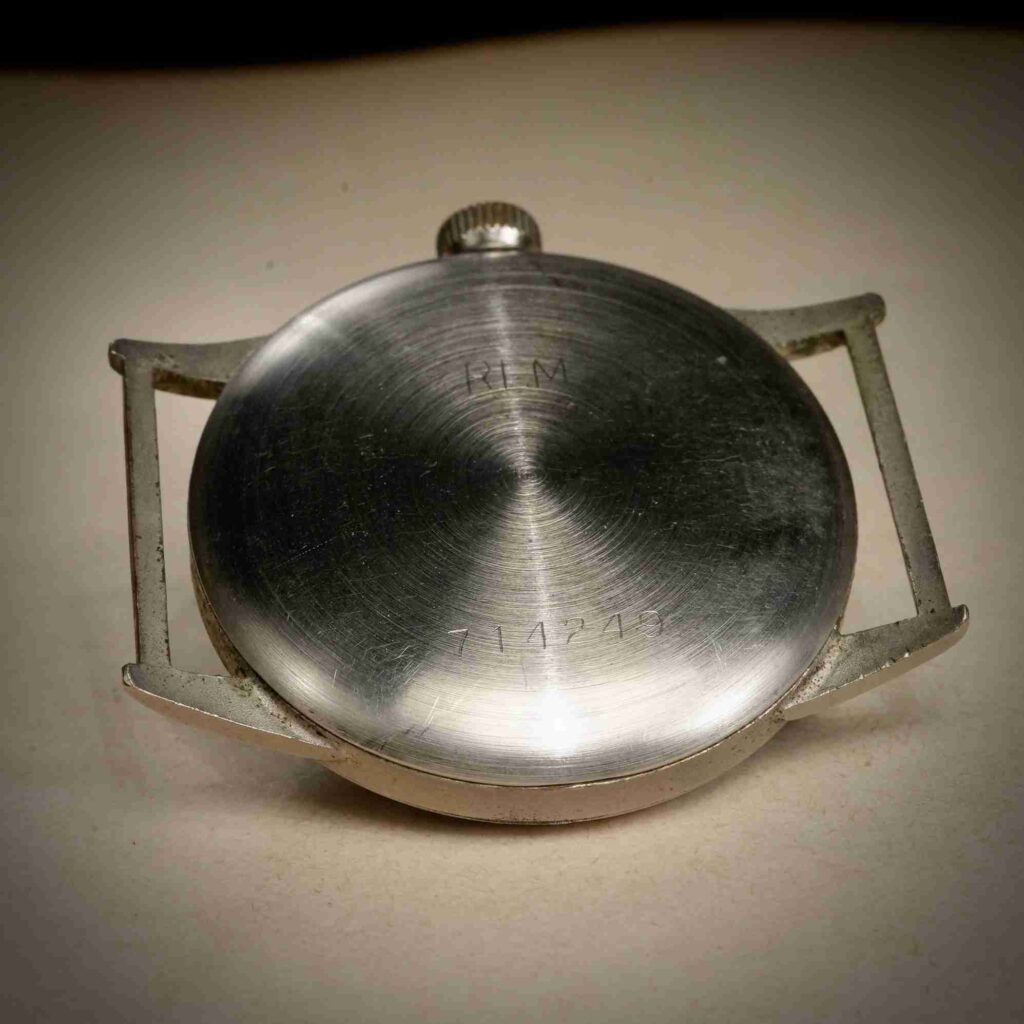
A key detail often overlooked by collectors is that the majority of genuine RLM-era military wristwatches were not factory-marked with “RLM”. While the large navigator’s Beobachtungsuhren (B-Uhr) models carried the engraved specification FL 23883 for navigation instruments, most standard-issue time-only service watches—those worn by Luftwaffe personnel, paratroopers, and ground crew—were unmarked.
Issued watches from makers such as Wempe, Aeschbach, Stowa, Aristo, Wagner, and Arctos usually bore only the manufacturer’s name (sometimes none) on the dial, with nickel or chrome plated cases with a pressure-locked steel back and, usually, an inner soft-metal movement cover.
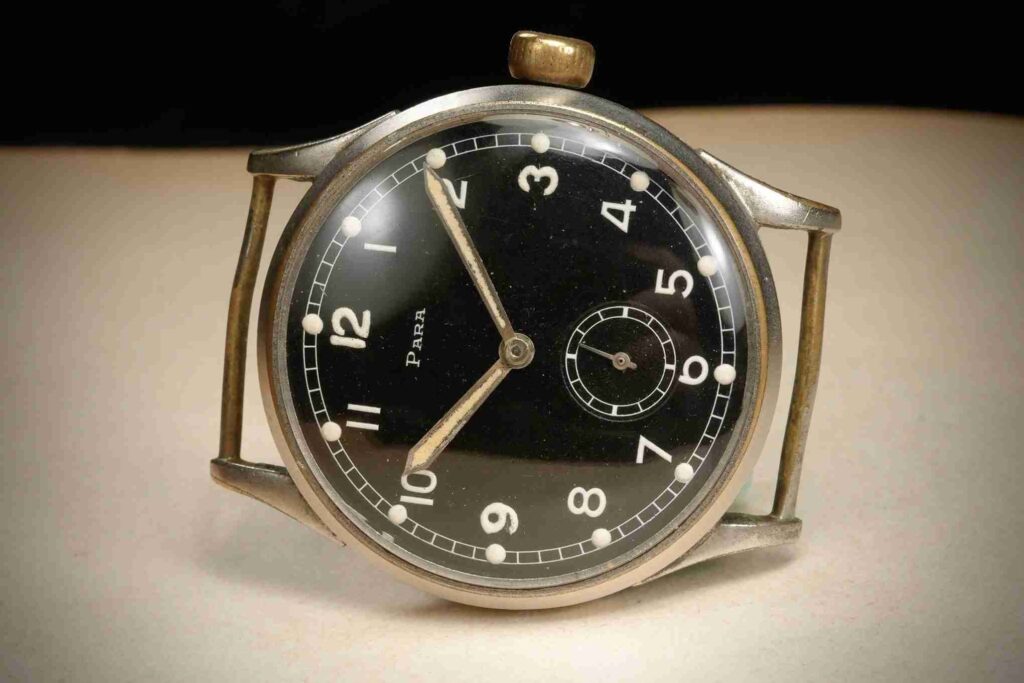
The absence of RLM or Luftwaffe engravings does not indicate a civilian origin; it simply reflects the procurement system of the time.
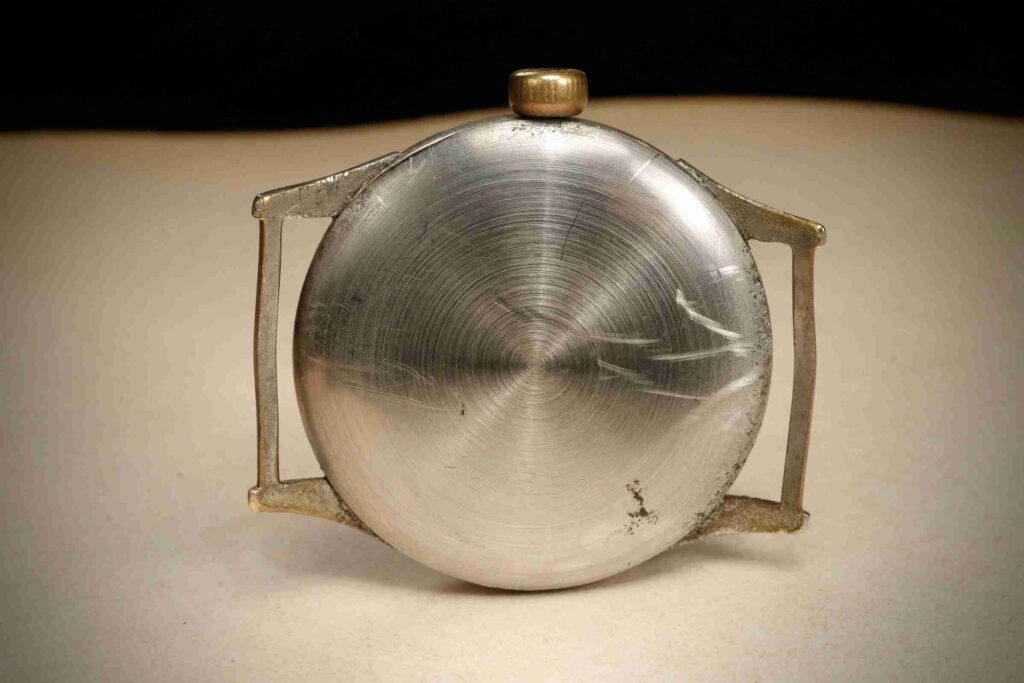
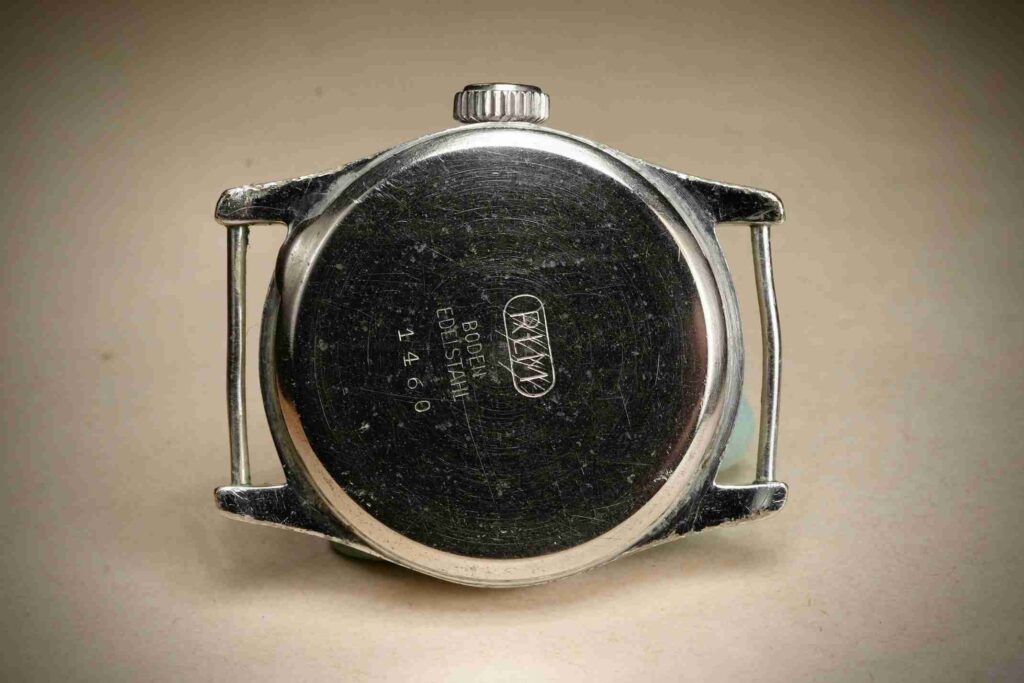
These watches were ordered in through commercial channels to RLM specifications and distributed through quartermasters without special property markings.
Therefore, when assessing authenticity, lack of RLM engraving is historically correct for most time-only military watches of the period.
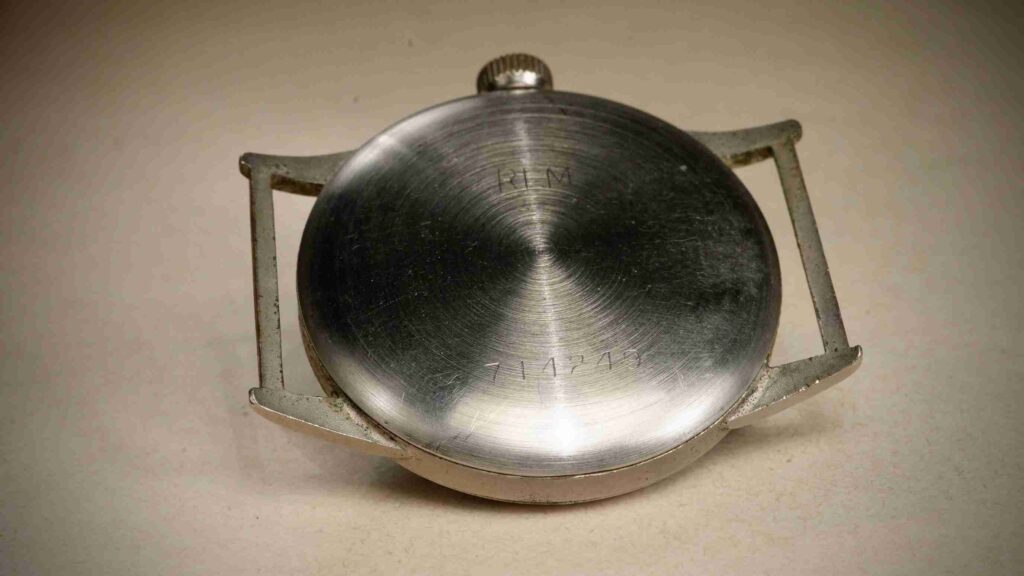
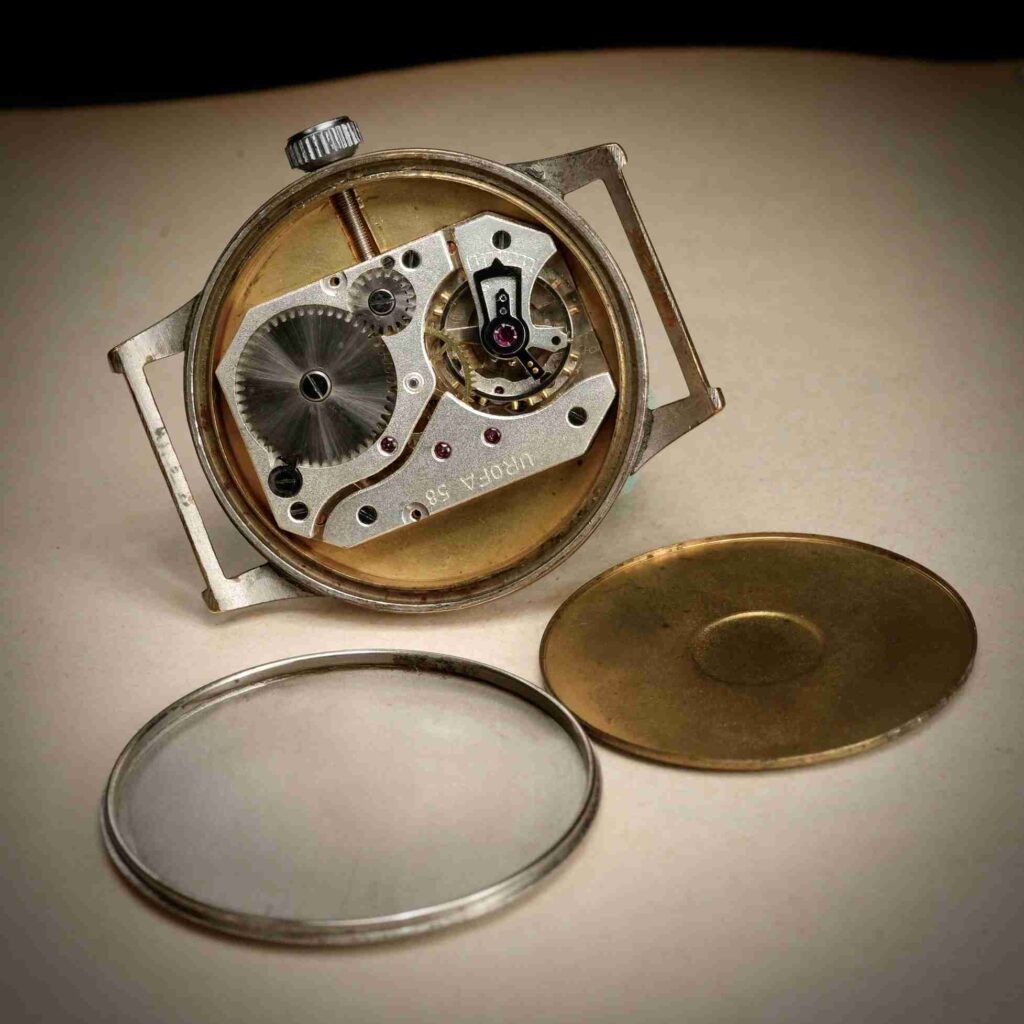
What matters more are period-consistent construction details: correct dial typography, radium lume, movement type (typically German ébauches such as UROFA 58, Durowe, or PUW).
Collecting notes. Original examples show period fonts, correct hand shapes, aged lume, and unsigned or supplier-signed movements.
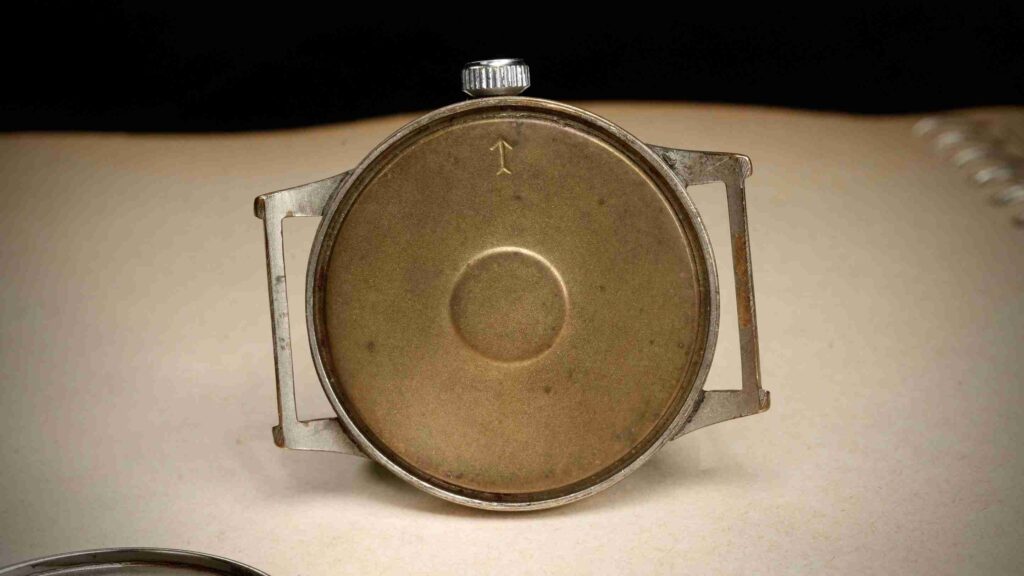
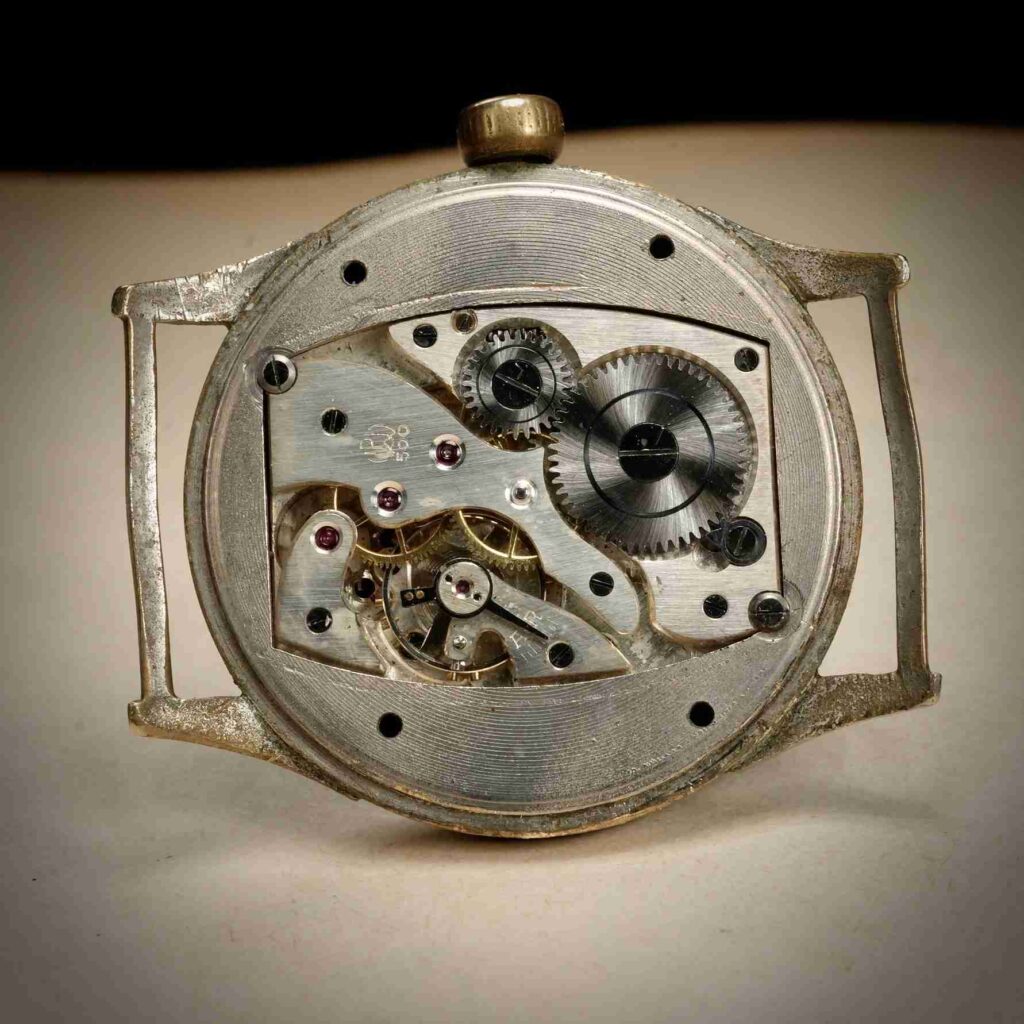
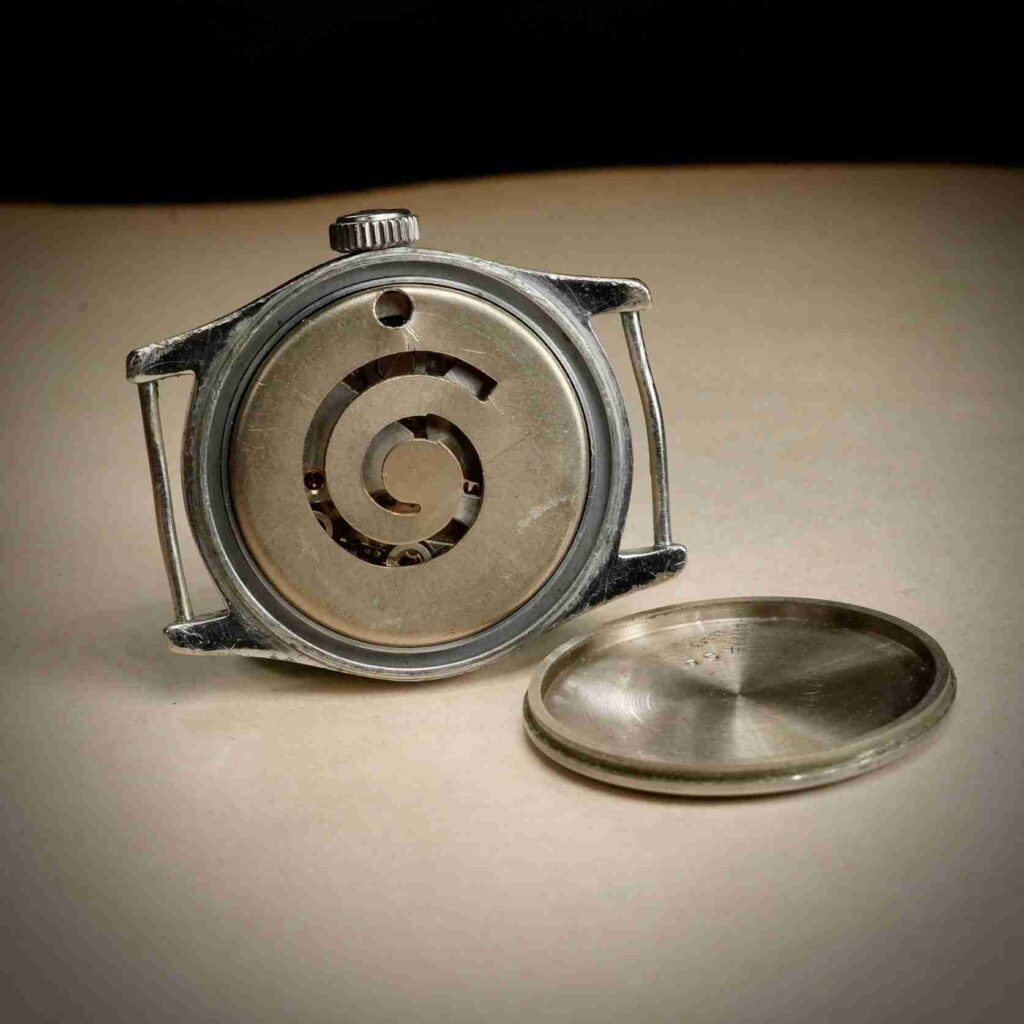
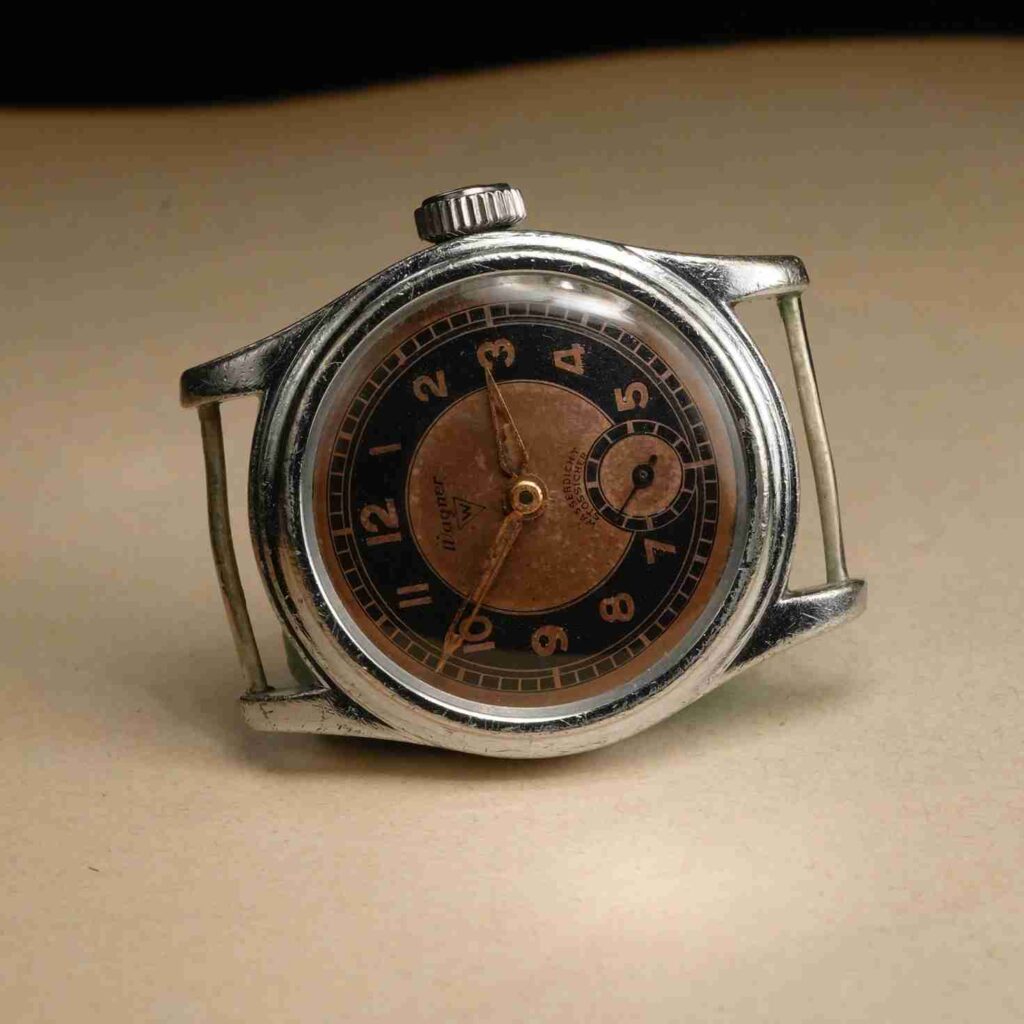
Provenance often relies on caseback engravings, unit-stamped accessories, or inclusion in specialist references/collections; for instance, Wagner and Aeschbach pieces surface in dedicated militaria dealers and archives, sometimes cross-referenced to standard works (e.g., Knirim) via listing notes.
These watches represent the workhorse layer of Luftwaffe timekeeping—field tools that supported operations from the runway to the drop zone—and their modest size and straightforward specification make them a distinct, research-rich category beside the famous B- Uhr.
